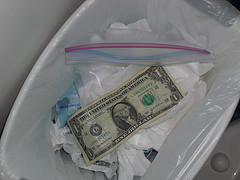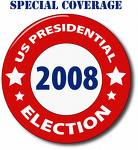If you are from Colorado and have made the drive along I-25 over the last five years from Denver to Fort Collins or Denver to Colorado Springs, you have undoubtedly noticed it. The irony of vast corn fields and pastures surrounded by construction sites and tract housing. Productive pastures once grazed by livestock replaced by bulldozers clearing the way for development and progress in the form of roads, houses, and malls. As one farmer put it, "we’ve gone from growin’ corn to growin’ houses." Colorado is not the only state facing this issue, consider these facts from the American Farmland Trust,
From 1992-1997, we converted to developed uses more than six million acres of agricultural land—an area the size of Maryland.
The rate of loss for 1992-1997, 1.2 million acres per year, was 51 percent higher than from 1982-1992.
The rate of conversion of prime land was 30 percent faster, proportionally, than the rate for non-prime rural land from 1992-1997. This results in marginal land, which requires more resources like water, being put into production.
86 percent of U.S. fruits and vegetables, and 63 percent of our dairy products, are produced in urban-influenced areas.
From 1982-1997, U.S. population grew by 17 percent, while urbanized land grew by 47 percent. Over the past 20 years, the acreage per person for new housing almost doubled; since 1994, 10+ acre housing lots have accounted for 55 percent of the land developed.
Texas leads the nation in high-quality acres lost, followed by Ohio, Georgia, North Carolina and Illinois. And for each of the top 20 states the problem is getting worse.
The Inspired Economy will explore potential solutions to the problems associated with Urban Sprawl taking a look at the economics from a more sustainable perspective in our special report, "The Economics of Urban Sprawl."







